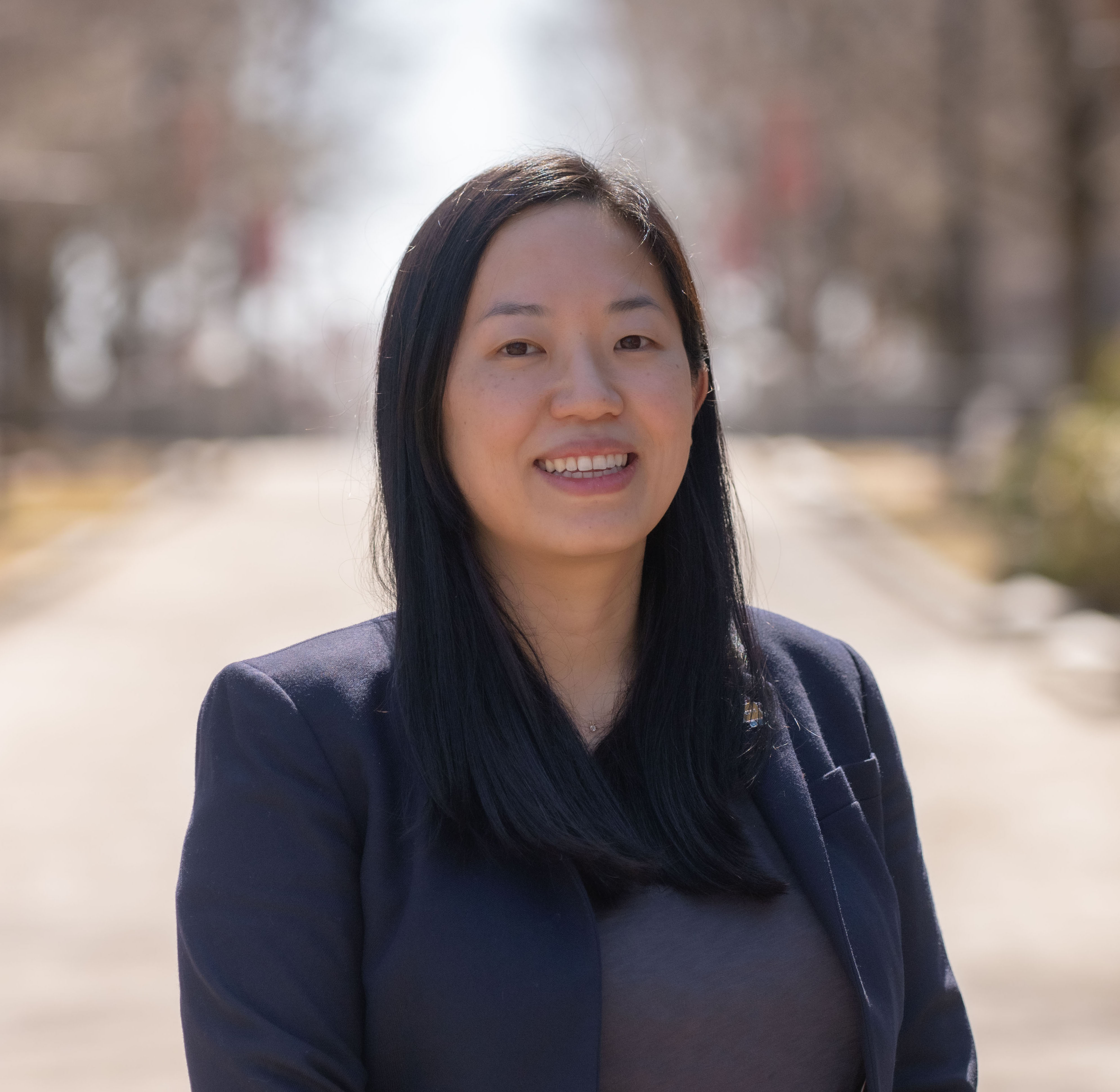Cited By
View all- Zhu ZTong HWang YLi Y(2023)BL-GAN: Semi-Supervised Bug Localization via Generative Adversarial NetworkIEEE Transactions on Knowledge and Data Engineering10.1109/TKDE.2022.322532935:11(11112-11125)Online publication date: 1-Nov-2023
- Hao QTao YCao JTang MCheng YZhou DNing YBao CCui H(2021)Retina-like Imaging and Its Applications: A Brief ReviewApplied Sciences10.3390/app1115705811:15(7058)Online publication date: 30-Jul-2021
- Chang HChen HShen YShuai HCheng W(2021)Re-Attention Is All You Need: Memory-Efficient Scene Text Detection via Re-Attention on Uncertain Regions2021 IEEE/RSJ International Conference on Intelligent Robots and Systems (IROS)10.1109/IROS51168.2021.9636510(452-459)Online publication date: 27-Sep-2021


